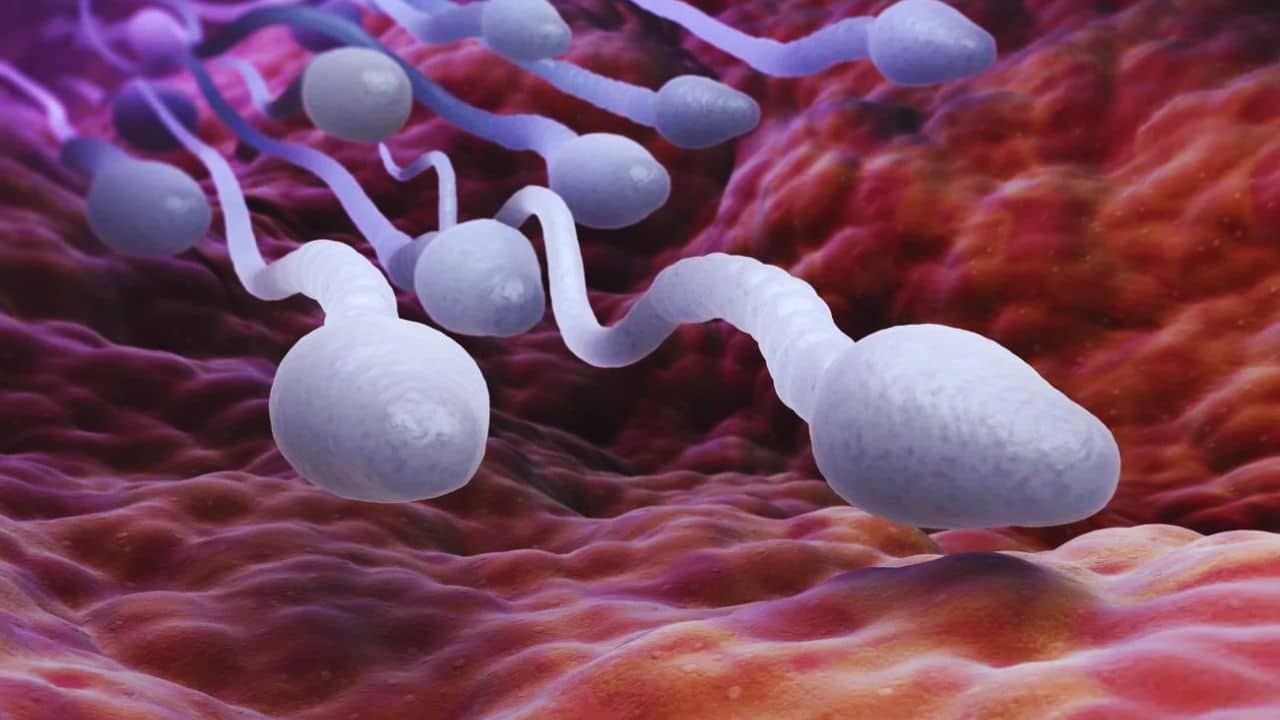In a groundbreaking development for reproductive health, scientists have announced promising results for a gel-based male contraceptive. This innovative approach, which looks like a simple glop of hair gel, has been shown to be both safe and effective in reducing sperm count to levels sufficient for birth control.
With successful phase 2 trials completed, this gel could revolutionize male contraception and provide a long-awaited alternative to current options.
Encouraging Results from Phase 2 Trial
On Sunday, the National Institutes of Health’s Contraceptive Development Program announced promising results from a phase 2 trial demonstrating the safety and efficacy of a new gel-based male contraceptive.
Senior researcher Diana Blithe, Ph.D., chief of the Contraceptive Development Program, highlighted the significance of this development. “The development of a safe, highly effective, and reliably reversible contraceptive method for men is an unmet need,” Blithe said. Previous attempts with hormonal agents have shown promise, but their slow onset of action has been a limitation.
The Study and Its Findings
The trial involved more than 220 participants aged 18 to 50. They applied 5 milliliters of the gel, containing a combination of testosterone and a synthetic hormone called Nestorone, between their shoulder blades daily for a year and a half.
The goal was to reduce sperm production to below 1 million per milliliter, significantly lower than the 15 million to 200 million considered necessary for fertility. The trial succeeded for 86% of participants, showing minimal side effects.
These results were presented at the Endocrine Society’s annual meeting in Boston. However, the research has yet to be peer-reviewed or published in a journal. More studies are needed before the gel can be approved and marketed.
A Major Step Forward in Male Contraception
The U.S. Food and Drug Administration (FDA) has not yet approved any male contraceptives. Due to the challenges in securing funding for such research, only a few potential male contraceptives have even reached the clinical trial phase.
Daniel Johnston, chief of the National Institute of Child Health and Human Development’s Contraception Research Branch, emphasized the importance of this breakthrough. “We’ve been pushing for hormonal male contraceptives for 50 years, but there isn’t enough money available to really drive something through a huge phase 3 trial,” Johnston said. He expressed hope that these promising results would attract further investment.
Participant Experiences and Insights
Logan Whitehead, a 24-year-old participant from Torrance, California, shared his experience using the gel. He described it as being similar to hand sanitizer and noted its ease of use. Whitehead reported minor side effects like upper back acne and slight weight gain, which could be attributed to his new sedentary job.
He expressed willingness to continue using the gel if it becomes available, especially after witnessing his partner’s struggles with female birth control options.
Potential for FDA Approval
If the FDA approves it, this gel might be a practical method of contraception for men, offering a much-needed alternative to the few options currently available.
Researchers are now tracking how well the gel prevents pregnancy. Male participants in the trial, who were required to be in monogamous relationships, used the gel as their only form of birth control and had regular sperm count tests. Initial findings show a faster-than-expected suppression of sperm, with most participants achieving contraceptive levels within eight weeks.
Challenges and Future Prospects
Despite these encouraging results, the journey to market remains challenging. Historical attempts at developing male contraceptives have often stalled due to funding shortages.
The hormonal gel still needs to undergo larger phase 3 trials to obtain FDA approval. As of now, no significant pharmaceutical company has committed to funding these trials, a critical step for the gel’s future.
Other Male Contraceptive Innovations
Beyond the hormonal gel, other nonhormonal male contraceptive options are also being developed. YourChoice Therapeutics announced positive results from a small trial of its non-hormonal pill, YCT-529, which blocks a vitamin A receptor crucial for male fertility.
Additionally, Contraline is working on a method involving the injection of a gel called ADAM into the vas deferens, providing long-term contraception similar to an intrauterine device (IUD) for women.
Growing Demand for Male Contraceptives
Interest in male birth control is growing, particularly following the Supreme Court’s overturning of Roe v. Wade. Surveys indicate that many men are willing to use new contraceptive methods.
In 2023, a survey published in the journal Contraception found that three-quarters of 2,066 male respondents expressed willingness to try new contraceptives.
Final thoughts
The development of a safe and effective male contraceptive gel represents a significant advancement in reproductive health. While challenges remain, including securing funding for further trials and obtaining FDA approval, the promising results of the phase 2 trial offer hope for a future where men have more contraceptive options.
As researchers and advocates push forward, the potential for male contraception to transform family planning and reproductive health grows ever closer to reality.
The information is taken from various journals and recent research.















































